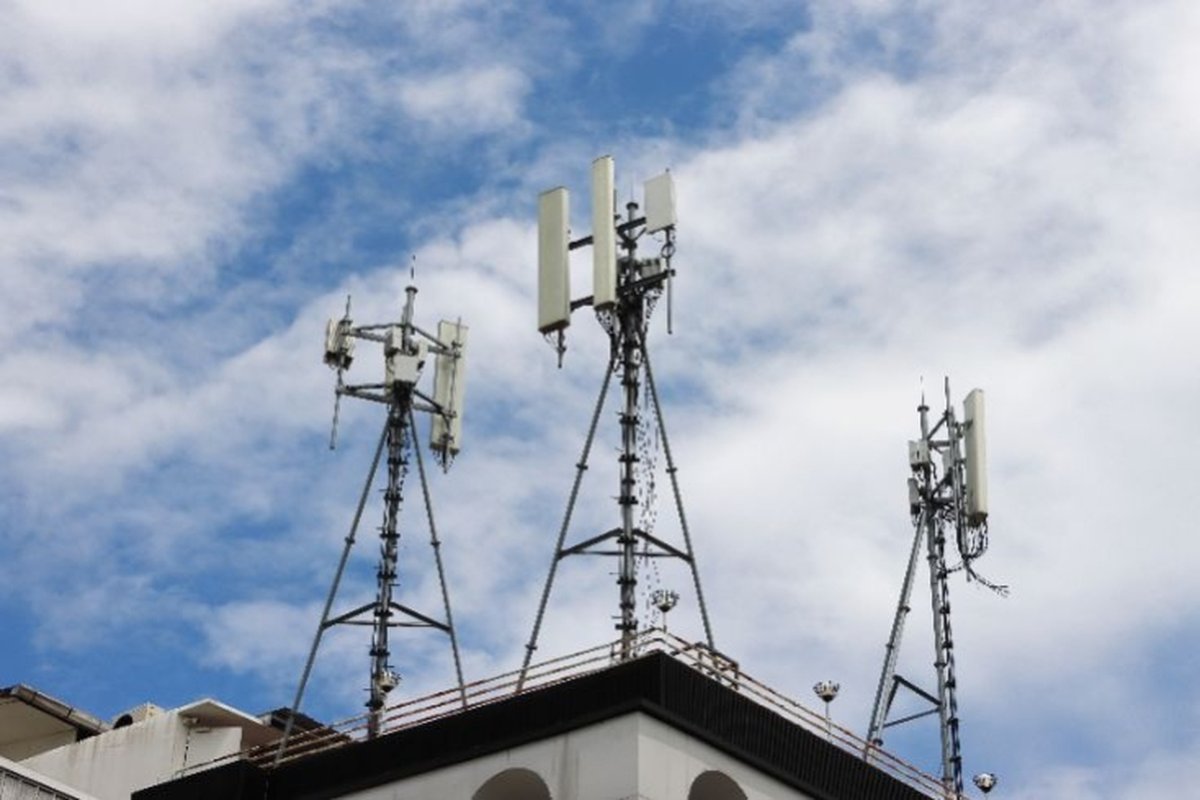Nextivity’s CEL-FI QUATRA Supercell in-building cellular coverage solution received a 2019 Small Cell Award from the Small Cell Forum for “Excellence in Commercial Deployment (Enterprise)” in its 11th annual award program recognizing industry standards of excellence.
According to the judges, Nextivity’s entry stood out because CEL-FI QUATRA is a “right-sized” fit for the middleprise market. The judges were also impressed with CEL-FI QUATRA because it provides a flexible and cost-effective coverage solution that can be deployed alongside small cells to achieve multi-operator cellular connectivity for this market segment. Previous winners include; Nokia, Huawei, Vodafone, Parallel Wireless, Cisco, BT, CommScope, Intel, and Qualcomm.
How does a Supercell improve cellular coverage?
A Supercell delivers strong and reliable inbuilding cellular coverage even when the macro signal doesn’t penetrate into the building – leveraging both DAS and small cell technologies – and can be rapidly installed at a cost that fits the middleprise budget.
There are several common situations when the macro signal doesn’t penetrate into buildings resulting in cellular coverage holes, dropped calls, unreliable connectivity, and poor reception:
- Congested macro network in metro areas resulting in insufficient capacity and/or poor signal-to-noise ratio
- Buildings taller than the 25-30 ft macro sites generally installed in metro areas
- Interference from too many cell sites with no strong dominant donor cell
- Extremely weak signal outside the building in rural, mountainous, or other areas with external obstacles
- No place to attach external donor antennas at optimum locations or building owner won’t allow them
- LEED or shielded buildings or rooms and energy efficient windows in combination with any of the other scenarios above
- Carrier reluctance to approve a rebroadcast agreement due to concerns with overloading the macro network
The CEL-FI QUATRA Supercell overcomes these obstacles that prevent distribution of strong and reliable cellular signal uniformly throughout a building.
A Supercell is created when the CEL-FI QUATRA active DAS hybrid is tethered to a small cell for the donor signal, rather than relying on an off-air signal from the Macro network. The Supercell then distributes uniform signal from the small cell throughout the building without coverage gaps or spotty coverage for one or multiple carriers simultaneously.
In a Supercell, the CEL-FI QUATRA Network Unit, or headend of the system, can be tethered to one or more small cells. Using Ethernet cables, the Network Unit is connected to the Coverage Units, which are intelligent active antennas that can be placed anywhere inside the building with RF and Power over Ethernet so there is no signal attenuation right to the building perimeter and no need to install additional power outlets. A Supercell with multiple CEL-FI QUATRA Coverage Units is more efficient in RF distribution than multiple small cells, and a CEL-FI QUATRA Supercell system does not experience the interference issues that Small Cells have with one another.
“A Supercell greatly enhances the ability of a small cell to extend to a lot of different areas,” says Gary Greening, Vice President of Operations at Pacific Services, an AT&T and Verizon solutions partner. “You can broaden the footprint in a building or across multiple floors; we have even done multiple buildings off one small cell signal source.”
For more information on this award-winning technology, download the white paper “CEL-FI QUATRA Supercell – Solving Enterprise Cellular Coverage and Densification Challenges when Off-Air Signal is Weak”.
A version of this article was originally published by RCR Wireless



